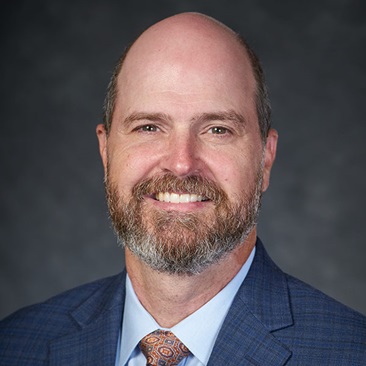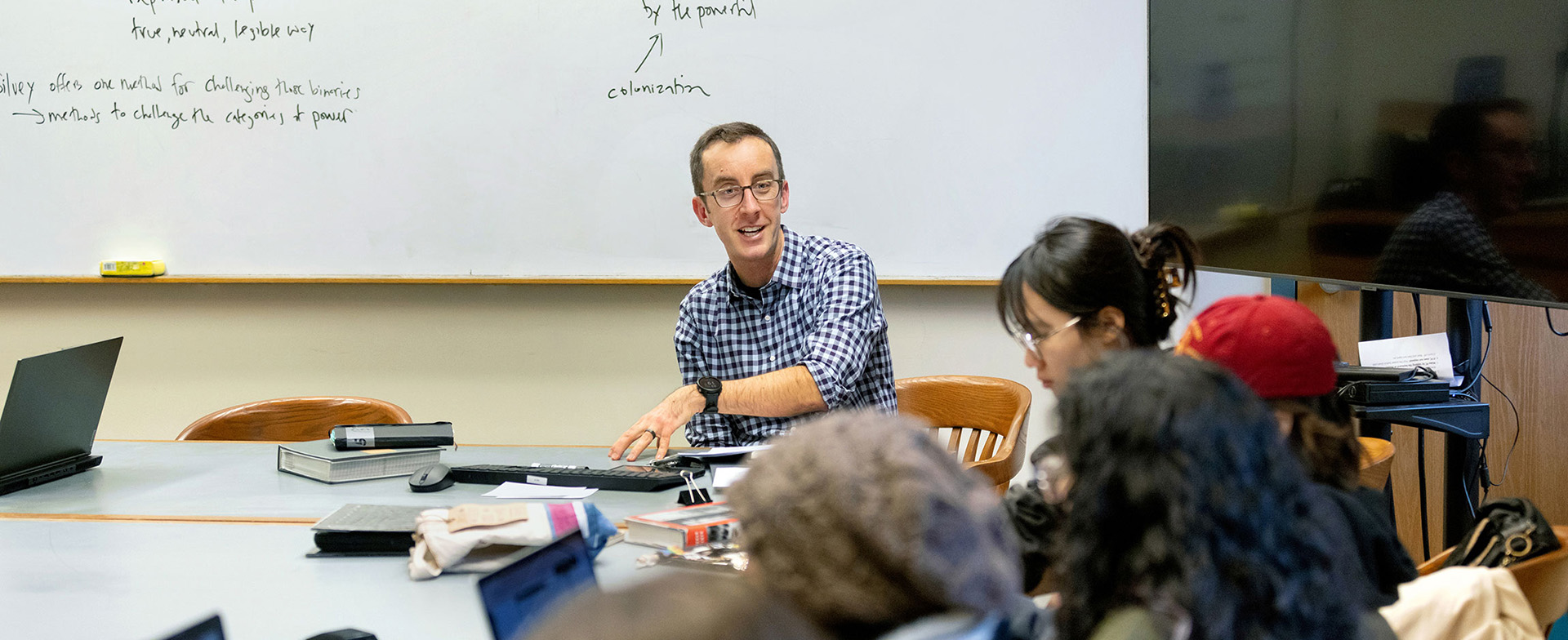
Timur Hammond - How Are We Shaped by the Places We Call Home?
February 5, 2024
We spoke about his research and his teaching, and why stories we tell about the places we inhabit matter as we work to build just and inclusive societies.
What is cultural geography and your area of research?
When I introduce the idea of cultural geography to students, I ask them, “How did where you’re from shape who you are?” This is also the fundamental question that motivates my research. It’s a question everyone can answer in some way—we can all describe how the places we grew up in influenced the kind of people we are today, and who we might become. We can speak to how our geographic locations shape the languages we speak, the practices we engage in, our relationships to the people around us, and how we imagine the future.
I am interested in culture—which is to say, the question of meaning. I’m interested in the ways people describe the meaningfulness of the world that surrounds them and the feelings, ideas, aspirations and hopes they associate with geographic places.
As far as my research, I’m particularly interested in how meaning and culture intersects with the material landscapes of cities—especially its physical infrastructure, like buildings, freeways and parks. How do people’s memories and understandings of the past become embedded in these environments?
How does memory become embedded in our material landscapes?
Memories play a key role in shaping how individuals and communities narrate their identities—and memories materialize in our geographic spaces in many ways. For example, monuments and statues are a clear example of how people remember—or want to remember—events and those involved. But it also happens in many other ways: through architecture and art, for example, or in traditions around food or cultural commemorations or celebrations.
Why is this an important area of study? Can it help us resolve conflicts or work toward more inclusive societies?
A Turkish novelist named Ahmet Hamdi Tanpinar wrote a lovely passage that says, in essence, “The past is always present and, in order to live as ourselves, we have to grapple with it in every moment.”
Memory isn’t exclusively individual—it’s also interpersonal and created in community. When we talk about place, we’re not only talking about individual experiences and perspectives, we’re also talking about time and history. Places become what they are through historic events and through the cultural narratives of those histories. While we may associate certain histories with a given place, it could be that there are many histories. And what often happens is debate and struggle over what histories are told, and how. The histories we tell can be what justifies who does or doesn’t belong in any given space.
Throughout history and in a variety of contexts, we see the dynamic where one group of people sets out to make a place for themselves, and they do so by excluding others. We can’t simply consider how a particular people or community came to belong in a place, we also need to pay active and critical attention to the ongoing practice that simultaneously produces unbelonging. We need to ask, “By making it possible for some people to belong here, how are we making it impossible or less possible for other people to belong?”
What do you hope students gain from the courses you teach?
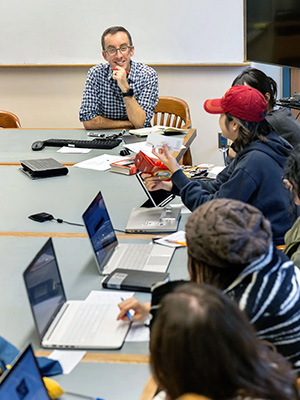
Something I’ve experimented with is a concept I call “placefulness.” It’s inspired by the practice of mindfulness, which involves developing an awareness of and reflection on our own practices and habits. “Placefulness” is an awareness of the place—where one is or where one comes from—and remembering that places shape one’s expectations and understandings of the world.
Feeling a sense of belonging is very important—without it, we’re unmoored in the world—but it can also lead to a lack of awareness. When we are mindful of our position and place in the world, two things happen: First, we realize that other people’s experiences in the same place are our own. “Placefulness” is a first step in building community based on the effort to understand other people and their sense of and experiences within place.
And then the second thing that can happen is an understanding that those places and experiences have histories, and these histories are constructed and filtered, possibly leaving out other histories.
These principles of “placefulness” can be applied at any scale—from how we live within our homes and the kinds of things we do with our neighbors, to thinking about our place in the world.
Is there anything you’re working on now that you’re particularly excited about?
Most of my research has been based in the city of Istanbul. I’ve been going there for two decades, and I recently started noticing a certain species of tree growing everywhere. It’s sprouting out of sidewalks, from the sides of buildings, growing on walls … It’s a species native to Southeast Asia, and in English it’s known as the Tree of Heaven.
I’ve become really interested in how the story of this tree might help us understand global interrelationships—how its movement across the world maps to stories of migration and changing communities. I’m also interested in how these trees are showing up in human life—how are they becoming part of the meaning people make of the cities around them.
By Sarah H. Griffin
Published in the Spring 2024 issue of the Maxwell Perspective
Related News
School News
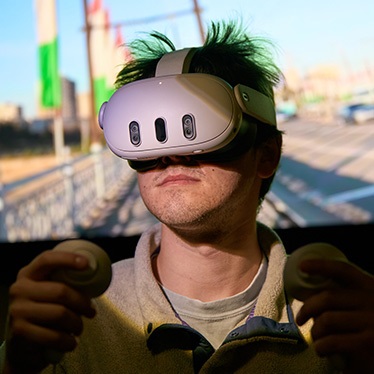
Nov 17, 2025
School News
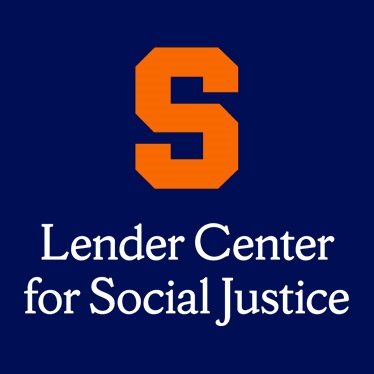
Nov 14, 2025
School News
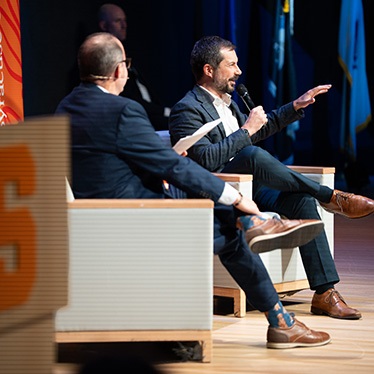
Oct 14, 2025
